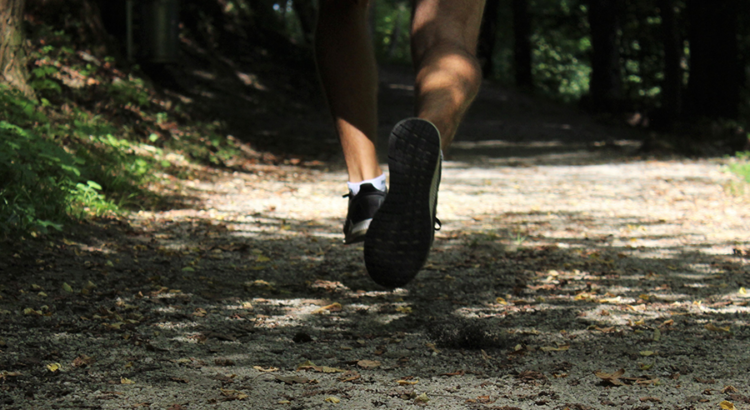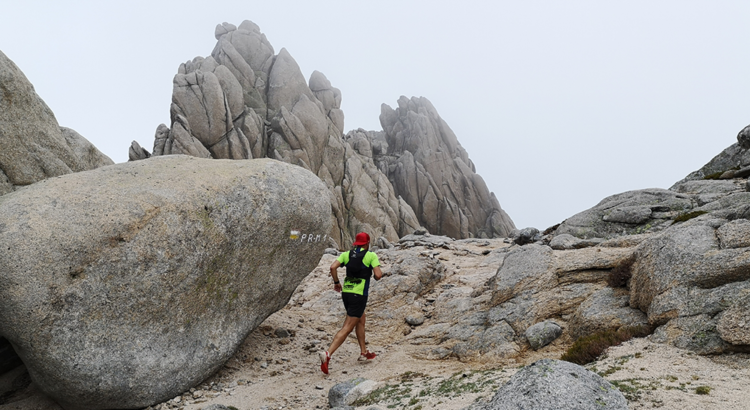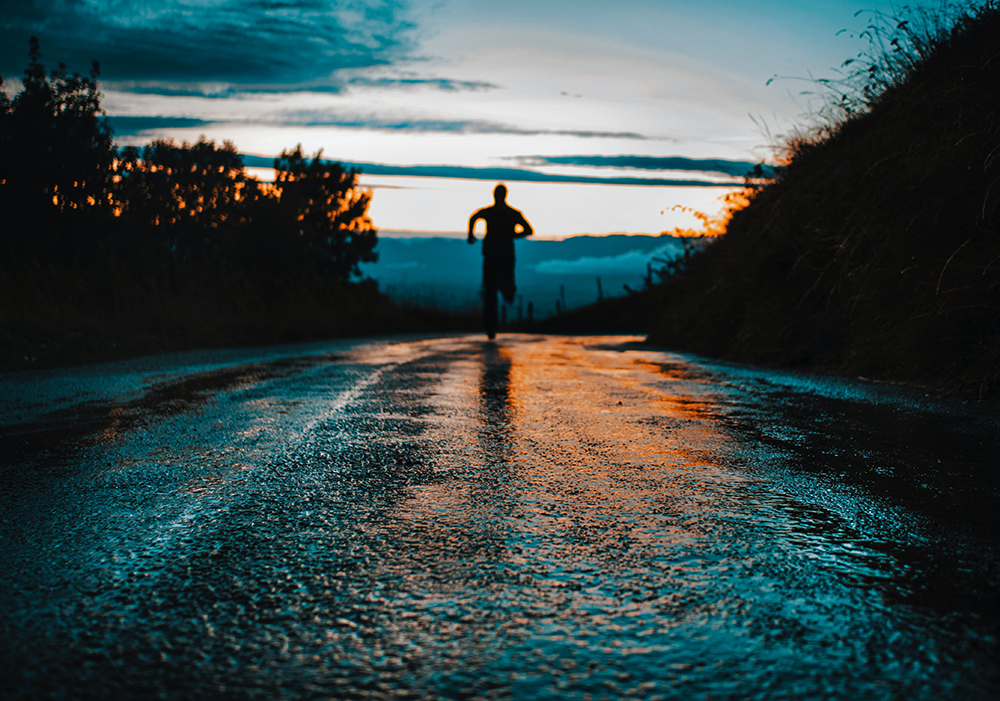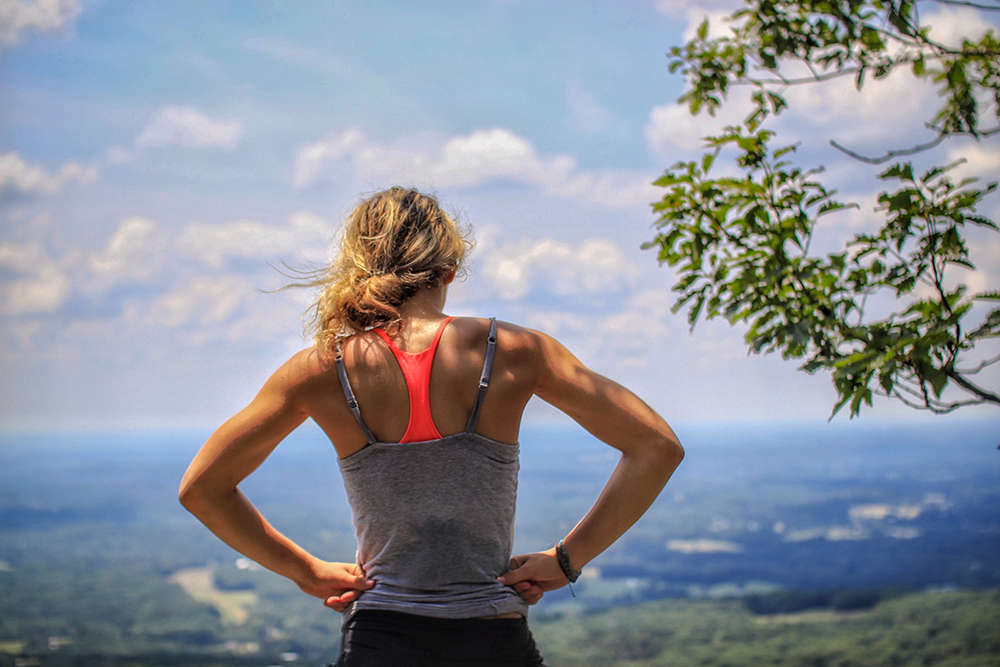If you are someone that is looking to get into trail running, there are plenty of essentials that you will want to be sure to get to ensure that you are prepared for everything. In this article, we will discuss some of the key essentials for trail running that you will want to equip yourself with.
The Top Essentials For Trail Running:
1. Proper Shoes.
The main thing that you are going to want to be sure to have with you when you are looking to get into trail running would be proper shoes. You want to get shoes with the proper support that you will need while on the trail. Along with the support, you want to find the shoes that are comfortable enough to wear while running long distances.
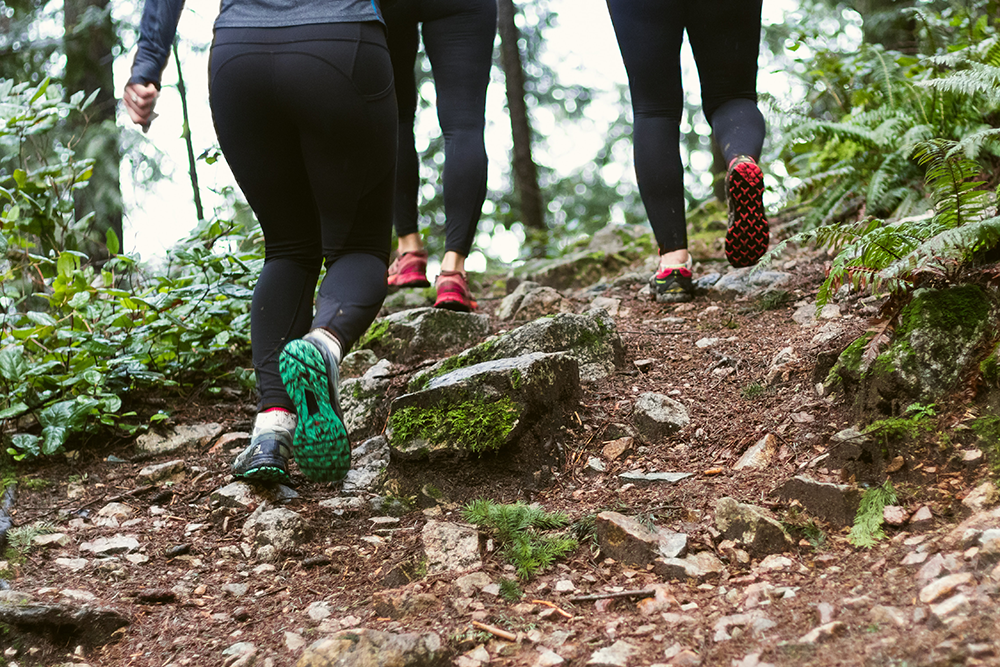
While you can find a lot of options on the market at a low cost, you really don’t want to skimp when it comes to paying for your trail running shoes. Therefore, you should look to spend the majority of your budget on your shoes because they will have a direct impact on the quality of your run.
2. Clothing.
Another important thing that you will want to be sure to get prior to your run would have to be the right clothing. Having clothing that is well designed to run in and clothing that can keep you warm is key. You should opt for a material that is extremely versatile like merino wool when you are looking for the right trail running clothes. That way, not only will it keep you comfortable throughout the run, but it is very breathable and will help you from getting smelly. You also want high-quality socks as your socks are bound to take a beating. Likewise, you should be looking for a pair of high-quality merino wool socks.
3. Energy Bars.
Ideally, you should be looking to pack energy bars with you while you are out on the trails. Having sufficient energy throughout your run is key. That is why you want to pack enough calories that you can take with you on your runs. If you are only going to be running short distances, you might be able to skip any sort of food. However, if you are going to be running long distances, you will want to bring something like an energy bar or a protein bar of a sort.
4. Hydration.
When you are going out on your trail runs, you are going to need to pack plenty of hydration. Having a running pack that allows you to store water or other kinds of hydration on your back will really make things much easier overall. You also want to think about bringing fluids that will provide you with plenty of electrolytes like coconut water.
5. Headwear Protection.
Not only do you want to pack sunglasses with you, but you should also look to bring a hat for proper headwear protection. You want to protect your head from the sun and the cold. Depending on the weather that you are faced with during your run, you want to have everything that you could possibly need during it which includes eye and head protection.
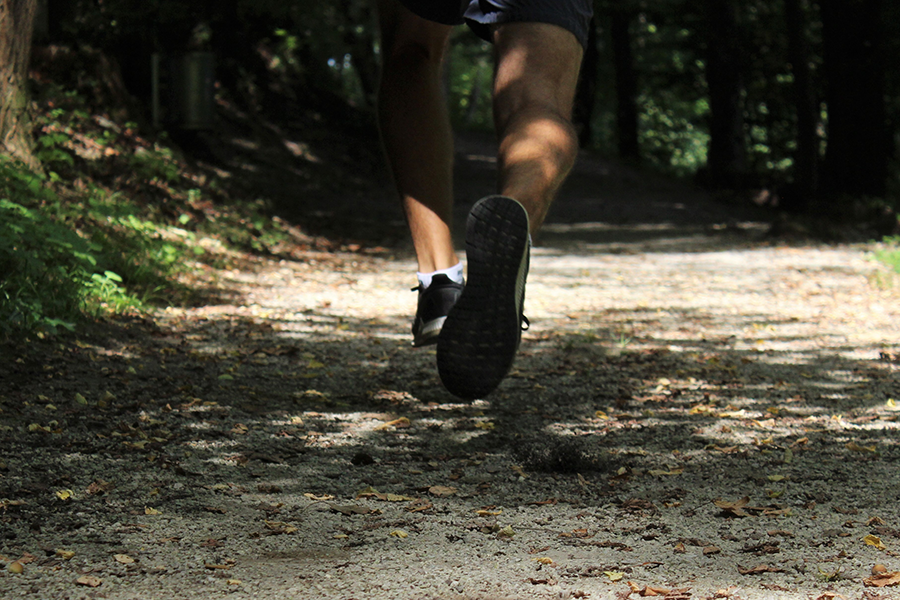
Overall, there is plenty that you want to be sure to have with you during your runs. You want to make certain that you are bringing all of the necessary things including hydration, food for energy, and protection against the elements. However, you also want to have a well-fitting pair of shoes with ample support and the right clothing that will keep you comfortable and safe throughout the run.
